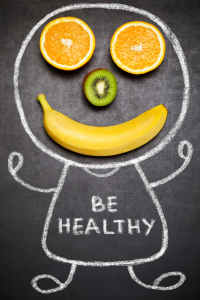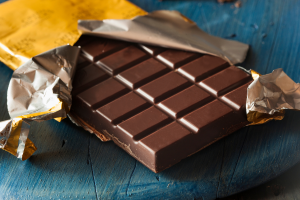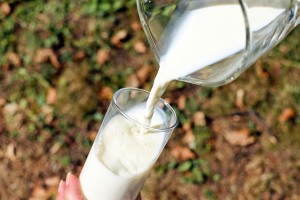Your body’s digestive system works best when you have a strong, diverse gut microbiota of healthy bacteria and other beneficial microorganisms. An optimal digestive system is essential for a healthy immune system as it is crucial in helping your body absorb and use nutrients while also working to eliminate toxins.
Two major threats to healthy gut microbiota are commonly used in this country. Both antibiotics and the product, RoundupT, the herbicide, can greatly damage the vital organisms in your gut. RoundupT, a product used throughout the US in home gardens and commercial farms, contains glyphosate, which acts like an antibiotic and damages the intestinal microbiota.
To combat the negative effects of antibiotics and glyphosate on your gut, your body must repopulate the bacteria and other microorganisms damaged by treatment or exposure. To avoid the contamination of glyphosate from RoundupT, commit to eating organic, non-GMO foods and always thoroughly wash produce before consumption. Regularly incorporate foods high in probiotics to heal and strengthen your gut microbiota. These foods are often fermented; popular examples include sauerkraut, yogurt, kefir, apple cider vinegar, kombucha, miso, pickles, and kimchi (always check labels to ensure you buy probiotic-rich brands).
By removing the contamination from RoundupT and working to build and support gut microbiota, parents have reported autism, asthma, and childhood illnesses improving.







